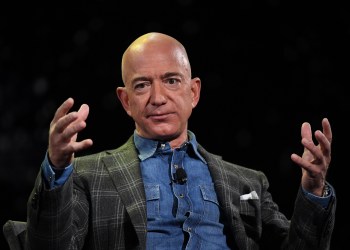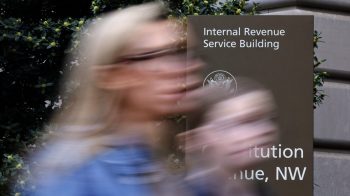Taxes on capital gains and dividends likely to rise
Get out your calculators: the debate in Washington over whether to replace low Bush-era tax rates for higher Clinton-Obama rates, has some footnotes for taxpayers (and their tax planners) who have capital gains, or get regular dividend checks in the mail.
If and when taxes on regular income go up for top earners — whether those earning $250,000/year, or $1 million/year, or something in between — their taxes on income from owning stocks and other assets will rise too. Capital gains rates are expected to climb from the current 15 percent, to 20 percent. Dividend income will be treated as regular income again, with a top tax rate of 39.6 percent.
“Capital gains are really skewed by income,” says Syracuse University economist Len Burman. He’s co-author of the book “Taxes in America.” Burman says IRS data shows that more than 90 percent of capital gains go to the top 20 percent of earners. And 16 percent of capital gains go to just 400 super-wealthy taxpayers.
“It is hard to find any other form of income that it is more concentrated at the top,” says Burman. “You have capital gains on assets, and the richest people in our country have most of the assets.”
The pro-business Club for Growth warned this week against any rise in taxes on capital gains and dividends in a potential fiscal-cliff grand bargain. Conservatives argue that lower capital-gains rates encourage investment and economic growth. And they contend that dividends are double-taxed, because corporate profits are already taxed before they are distributed to shareholders as dividends.
But Len Burman counters that when capital-gains rates are low relative to taxes on regular income, wealthy taxpayers often use them to shelter income using shell companies and other exotic financial instruments. As a result, he says they’re less likely to invest in productive businesses that create jobs or value for shareholders.
Economist Bill Gentry at Williams College, though, does worry about one group that could be investing in job-creating enterprises, and would benefit from lower capital-gains taxes: entrepreneurs.
“If an entrepreneur starts a business, if they’re successful, you really have a higher tax rate on success,” says Gentry. “That could gum up the works in entrepreneurial capital gains.”
According to the Treasury Department, the higher rates on capital gains and dividends that could go into effect for income over $250,000/year, would bring the government more than $240 billion over the next 10 years — $206 billion from dividends, and $36 billion from capital gains.
The revenue from capital gains would be higher, but investors are expected to sell off assets before year-end if there’s a deal to raise the top rates on capital gains.
One more hike in capital-gains rates is also in the cards — a 3.8 percent increase to pay for aspects of President Obama’s Affordable Care Act. That’s unlikely to be negotiated away in any grand bargain to avoid driving off the fiscal cliff.
There’s a lot happening in the world. Through it all, Marketplace is here for you.
You rely on Marketplace to break down the world’s events and tell you how it affects you in a fact-based, approachable way. We rely on your financial support to keep making that possible.
Your donation today powers the independent journalism that you rely on. For just $5/month, you can help sustain Marketplace so we can keep reporting on the things that matter to you.


















